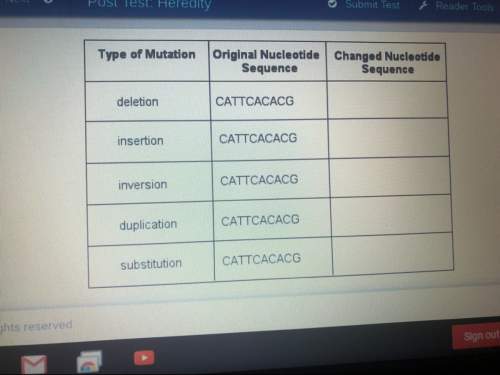
Biology, 12.12.2020 16:00 kklovesfood
A student wanted to find out if using pectinase allows more juice to be extracted
from apples. She took two apples (of the same kind) and cut them up into small pieces,
each roughly cube-shaped with sides of about 5 mm. She put half of the pieces into one
beaker, and the other half into another. She then added 2 cm of pectinase to one
beaker and 2 cm of water to the other. She left the beakers to stand for 20 minutes.
She then filtered the juice from the apple pieces and measured its volume. She found
that she obtained 14 cm of juice from the apples to which pectinase had been added,
and 7 cm of juice from the apples to which water had been added.
I
Answer the following questions:
1. What is pectinase?
• Pectinase is found in bacteria and plants. Pectinase is an enzyme that breaks down the
substances that hold the cell walls of the apple cells
together. This
makes it easier to
squeeze out more of the juice.
2. Suggest a hypothesis that is being tested by this investigation.
.
3. State 4 variables that the student should have kept constant in her investigation.
4. Suggest two ways in which she could have increased the yield from the apple pieces in both
beakers
5. Suggest one way in which she could increase the reliability of her results.

Answers: 1


Another question on Biology

Biology, 21.06.2019 17:30
In a certain ecosystem owls are predators for mice. the owl population increases and they eat more mice this causes the mouse population to decrease what happens next? a.the birth of mice increases. b. the birth rate of owls increases c. the population of owls decreases d. the population of mice increases
Answers: 1

Biology, 21.06.2019 17:30
What do animals wth echolocation have in common other than echolocation
Answers: 1

Biology, 22.06.2019 02:40
Lucia is walking barefoot in her yard. she accidentally steps on a nail. how will her nervous system work to generate a reaction? arrange the eventschronologically.
Answers: 1

Biology, 22.06.2019 11:30
Female luna moths (actias luna) attract males by emitting chemical signals that spread through the air. a male hundreds of meters away can detect these molecules and fly toward their source. the sensory organs responsible for this behavior are the comblike antennae visible in the photograph shown here. each filament of an antenna is equipped with thousands of receptor cells that detect the sex attractant. based on what you learned in this chapter, propose a hypothesis to account for the ability of the male moth to detect a specific molecule in the presence of many other molecules in the air. what predictions does your hypothesis make? design an experiment to test one of these predictions.
Answers: 1
You know the right answer?
A student wanted to find out if using pectinase allows more juice to be extracted
from apples. She...
Questions


History, 01.09.2019 20:30


Mathematics, 01.09.2019 20:30


Mathematics, 01.09.2019 20:30

History, 01.09.2019 20:30

Biology, 01.09.2019 20:30




English, 01.09.2019 20:30

English, 01.09.2019 20:30

Mathematics, 01.09.2019 20:30

Biology, 01.09.2019 20:30


Mathematics, 01.09.2019 20:30

Mathematics, 01.09.2019 20:30

Mathematics, 01.09.2019 20:30





